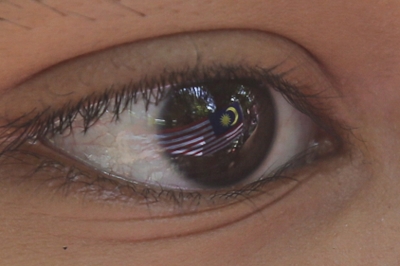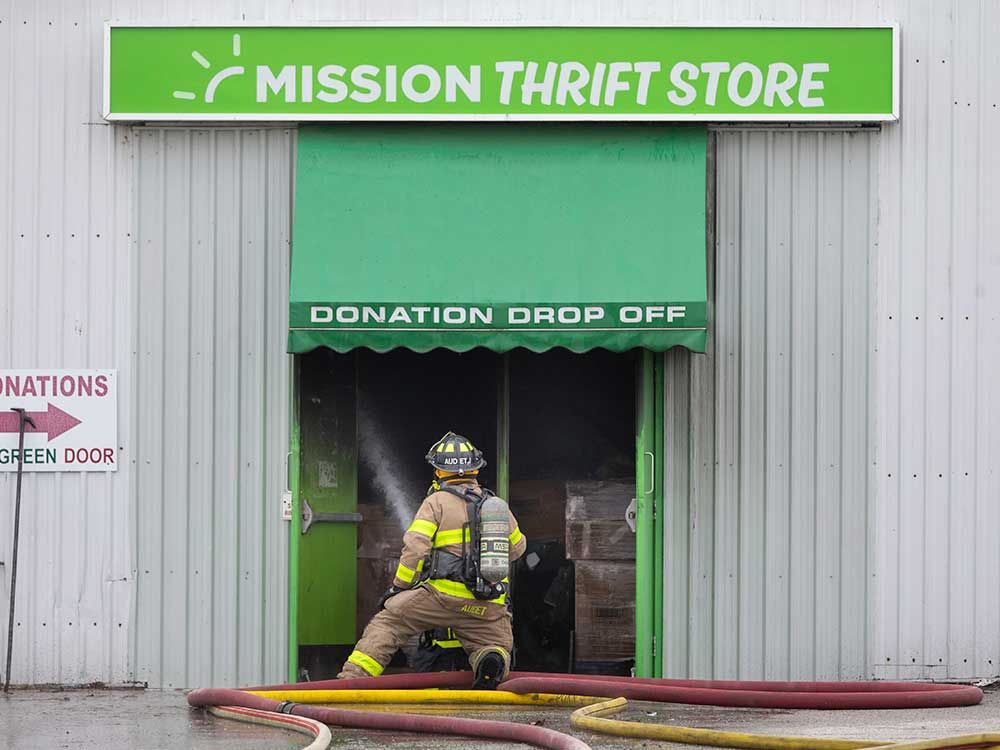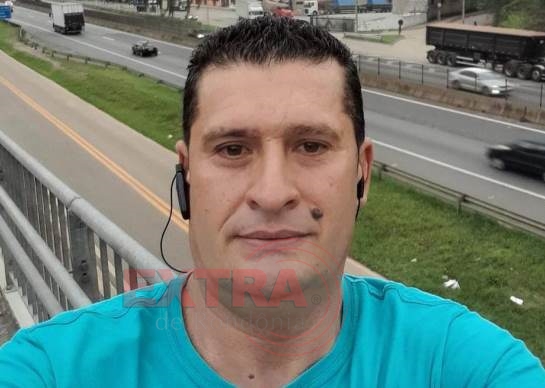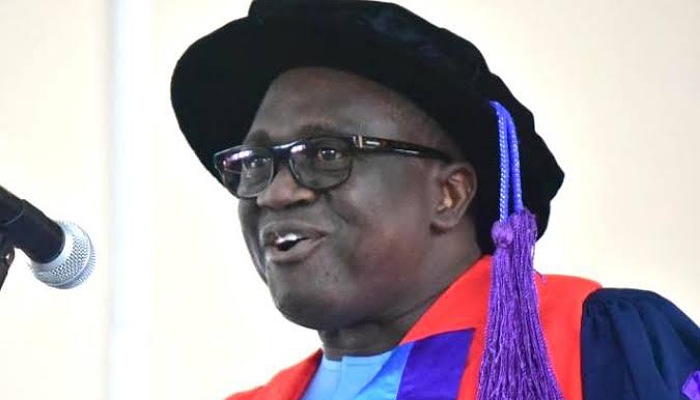A 13-lined ground squirrel (Ictidomys tridecemlineatus) is seen in this undated handout photo.
Astronauts doing long stints in space must do a lot of exercising to keep their muscle mass from dwindling away. But hibernating animals can get the chemicals they need from their own urine, a Canadian researcher has found.
By Steve McKinleyHalifax Bureau
Thu., Jan. 27, 2022timer4 min. read
In a research paper published Thursday in Science, Matthew Regan, associate professor of animal physiology at the Université de Montréal, confirmed a theory that’s been bouncing around since the ’80s, one that hypothesizes that some animals are able to break down their urea — usually excreted as urine — and use the nitrogen extracted to build other proteins, and from there to build muscle tissue.
That “urea nitrogen salvage” theory was first advanced as an answer to the tricky question of how hibernating species — such as bears and squirrels — manage to last the winter on the fat reserves they’ve stored up in their bodies without significantly reducing the mass of their muscles.
“All hibernating mammals seem to have this amazing ability to preserve their muscle tissue structure and function over time,” says Regan. “For some species, that is nine months of inactivity and fasting. For us, even a week or two of bed rest or a week or two in the microgravity environment of space would be enough to see significant muscle atrophy or muscle shrinking.”
It’s why astronauts aboard the International Space Station spend so much of their time exercising — trying to stave off the inevitable muscle atrophy that occurs when spending any significant time in space.
But hibernating animals seem to be able to wake up and shake off a hibernation and go about their business as usual. The 13-lined ground squirrel — the subject of Regan’s research — emerges from hibernation to jump right into its mating season.
How they do that has been a mystery to researchers for years.
The urea nitrogen salvage theory hypothesizes that the hibernating animal has microbes in its gut that let it break down the urea into its component parts, which include nitrogen and carbon. It can then use that nitrogen to build more tissue protein, and thus more muscle.
This is the theory that Regan’s research with ground squirrels — “a little more tractable to work with than bears” — confirmed.
And it’s possible, he says, that those kind of gut microbes might be adaptable to humans.
“The applications this has to space flight or to humans in bed-rest conditions is the fact that under those both of those conditions, there is the chance for significant muscle shrinking or muscle atrophy,” he says.
“This is similar to what hibernators should theoretically experience during their months of inactivity, especially because they have deprived themselves of a dietary source of nitrogen, which is an important critical building block in protein.”
But they don’t, says Regan, so they must be doing something that we’re not doing.
To find out what that was, Regan first looked at ruminants — animals like cows and deer — which are known to have a similar process to recycle nitrogen. From that, his team hypothesized a similar pathway in their squirrels and then designed experiments to look for it.
To do that, the squirrels were injected with urea that was “labelled” using isotopes of carbon and nitrogen that are relatively rare in nature, and which the experimenters could detect.
Because of the labelled urea, researchers were able to track the squirrels’ gut microbes breaking it down. They found high levels of the labelled carbon and nitrogen isotopes in the muscles and livers of their subjects, indicating that the urea was indeed being broken down and recycled to make other tissues.
And if squirrels can do it, there’s the possibility that humans might be able to as well.
However, gut microbiomes — the collection of microbes in the gut — are highly complex environments, so while Regan’s team has an idea of which bacteria group is responsible for the squirrels’ breakdown of urea, transferring it to humans is not as simple as merely guzzling a probiotic smoothie.
“The first thing is to understand exactly how they’re doing it at all those different steps. And then at that point, then we can have a better idea of how this process might be adapted to humans,” he says.
He adds that research conducted in the ’90s has shown that, under certain conditions, humans are capable of recycling the nitrogen in our urea in what appears to be the same way — though at a lesser extent than his ground squirrels.
So, it may be possible that the necessary mechanism for recycling urine for its nitrogen content already exists in the human gut, and it merely needs to be boosted.
And that has widespread implications for humans. While Regan is a self-acknowledged huge fan of space travel, he suspects that the future possible benefits of his research will first be seen on the ground.
“There are literally hundreds of millions of people in the world who are undernourished, and a hallmark of undernourishment is protein deprivation,” he says. “As we age all humans to some extent experience sarcopenia, which is a gradual reduction in muscle mass after the age of 40.
“So, if this mechanism is in fact safely translatable to humans, in theory, there are many, many examples of potential benefits to human health. And I suspect that if this is ever translated to humans, it will first be translated for earthbound reasons.”
JOIN THE CONVERSATION
Anyone can read Conversations, but to contribute, you should be registered Torstar account holder. If you do not yet have a Torstar account, you can create one now (it is free)
Sign In
Register
Conversations are opinions of our readers and are subject to the
Code of Conduct. The Star does not endorse these opinions.
Note: This article have been indexed to our site. We do not claim legitimacy, ownership or copyright of any of the content above. To see the article at original source Click Here















